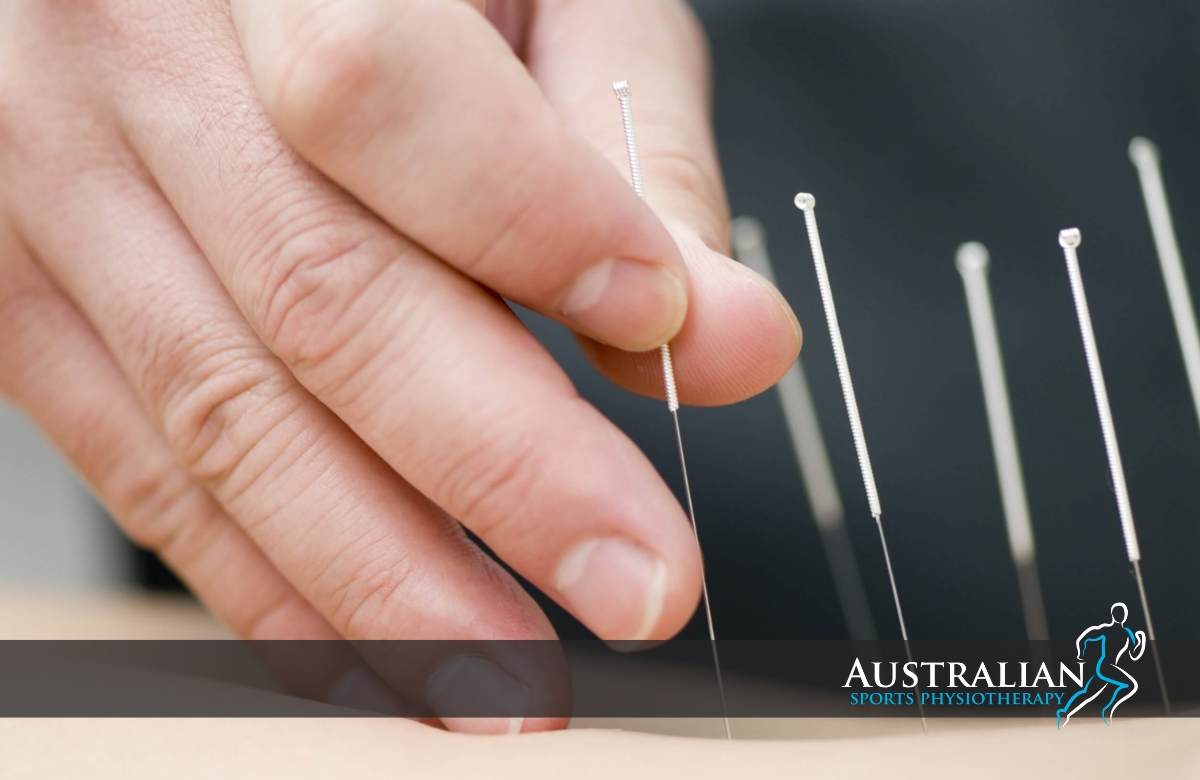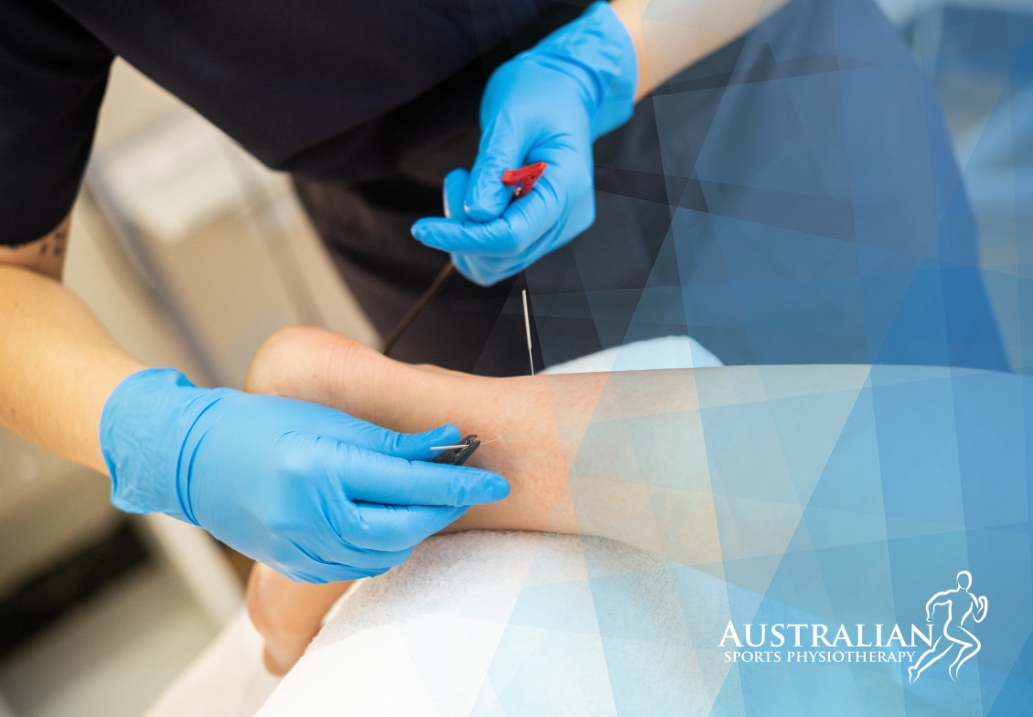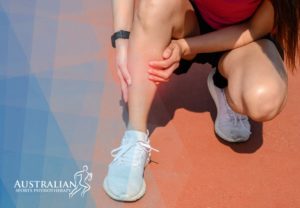Are you suffering from chronic pain or muscle tightness that just won’t go away? Have you tried various therapies and treatments without success? Dry needling may be the solution you’ve been looking for.
Dry needling is a treatment technique that has been gaining popularity in the fields of physical therapy and sports medicine. It involves the insertion of thin needles into specific trigger points in the muscles to release tension and pain. While similar to acupuncture, dry needling focuses on targeting musculoskeletal issues rather than the flow of energy in the body.
If you have been struggling with pain and limited mobility, dry needling could offer you relief and help improve your quality of life.
What is dry needling treatment?
Dry needling has recently emerged as a popular treatment approach for myofascial trigger point pain among physiotherapists and remedial massage therapists. Dry needling reduces the transmission of pain signals in our spinal cord and increases the release of pain-relieving chemicals (endogenous opioids) in our brain.
A dry needling treatment involves inserting one or more fine monofilament needles into a muscle trigger point. A trigger point is a localised band of tight, irritated, and malfunctioning muscular tissue. This is generally caused by an injury, overuse, or improper movement patterns.
Trigger points can impair muscle function, reduce range of motion, and produce pain and tenderness. When dry needling is used on an afflicted muscle or trigger point, it can alleviate muscle tension, enhance blood flow, and relieve pain. Patients frequently experience quick alleviation following treatment.
During therapy, the needles remain in your muscle for a brief length of time, often 10 seconds to 20 minutes. This is dependent on the treatment site, the quantity of needles used, and therapy objectives.
2 types of dry needling
1. Superficial dry needling (SDN)
SDN entails inserting a needle into the skin immediately above a myofascial trigger point (depth: 4-10mm).
2. Deep dry needling (DDN)
The goal of DDN is the same: to deactivate trigger points; however, the needle is inserted deeper into the trigger point region (depth: 10-45mm varies depending on the anatomical site).
When do physiotherapists consider dry needling?
- To address dysfunctions of skeletal muscle, fascia, and connective tissue.
- To reduce persistent peripheral pain.
- To decrease or restore deficiencies in body structure and function, resulting in improved activity and engagement.
Common conditions treated with dry needling
Physiotherapists frequently employ this dry needling therapy for chronic injuries, including:
- Headaches
- Muscle spasms
- Osteoarthritis and musculoskeletal pain
- Sciatica
- Knee pain
- Back pain
- Neck pain
- Plantar fasciitis
- Shoulder impingement
- Tennis elbow
- Carpal tunnel syndrome
Dry needling vs acupuncture
Dry needling is frequently mistaken for acupuncture because it uses the same type of needle, but it is vital to remember that they are two distinct therapeutic methods.
The primary distinction between the two procedures is that dry needling is based on Western anatomical and neurophysiological concepts, whereas acupuncture is based on Traditional Chinese Medicine (TCM).
Dry needling is a recent treatment that has evolved over the past few decades. It only treats musculoskeletal and neuromuscular pain by releasing trigger points.
Acupuncture improves energy flow, whereas dry needling targets dysfunctional muscle trigger points.
Dry needling treatment involves using fewer needles. It is frequently used in conjunction with electrical stimulation to improve the treatment’s effectiveness. This combination promotes a moderate contraction and relaxation of the irritated muscle, allowing it to relax even further.
The benefits of dry needling
- Pain relief
- Improved muscle length by reducing muscle spasm
- Improved motor recruitment pattern
- Improved sleep and relaxation
- Improved blood circulation
- Faster healing
- Increased function
- Improved range of motion
How long does dry needling last?
After the first treatment, the response typically lasts 2-3 days, although it might last weeks or months, depending on the individual. Acute/subacute pain can be treated 2-3 times per week. Chronic pain may only require 3-4 weekly treatments, as determined by your physiotherapist.
Dry needling is an excellent treatment for muscular discomfort and myofascial dysfunction; however, it is important to realise that it does not cure all musculoskeletal problems.
Although dry needling may be effective for pain management, patients are advised to engage in active treatment (corrective exercises, re-training, and mechanotherapy) for long-term pain relief and injury prevention to get the best possible outcome and minimise therapy dependency.

Final thoughts on dry needling
Incorporating dry needling treatment with physiotherapy can be a game-changer for those dealing with chronic pain and muscle tension. By targeting trigger points and promoting relaxation and healing, this combination therapy can offer relief and improve mobility.
So why wait? Take the first step towards a pain-free life and consider trying dry needling with physiotherapy today!
Book an appointment with one of our experienced physiotherapists today for a comprehensive assessment and customised treatment plan.









